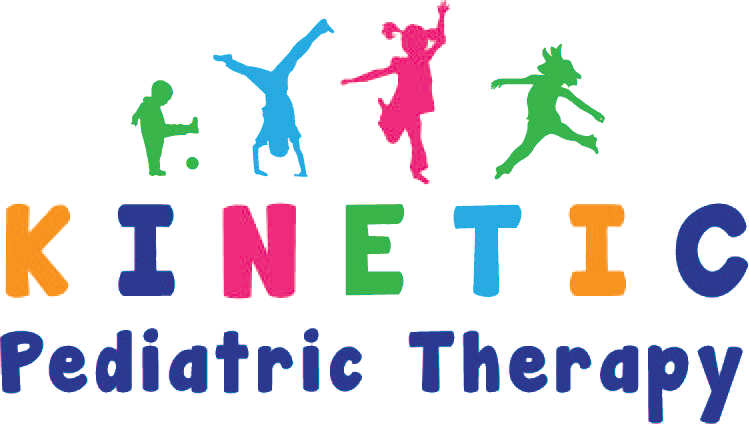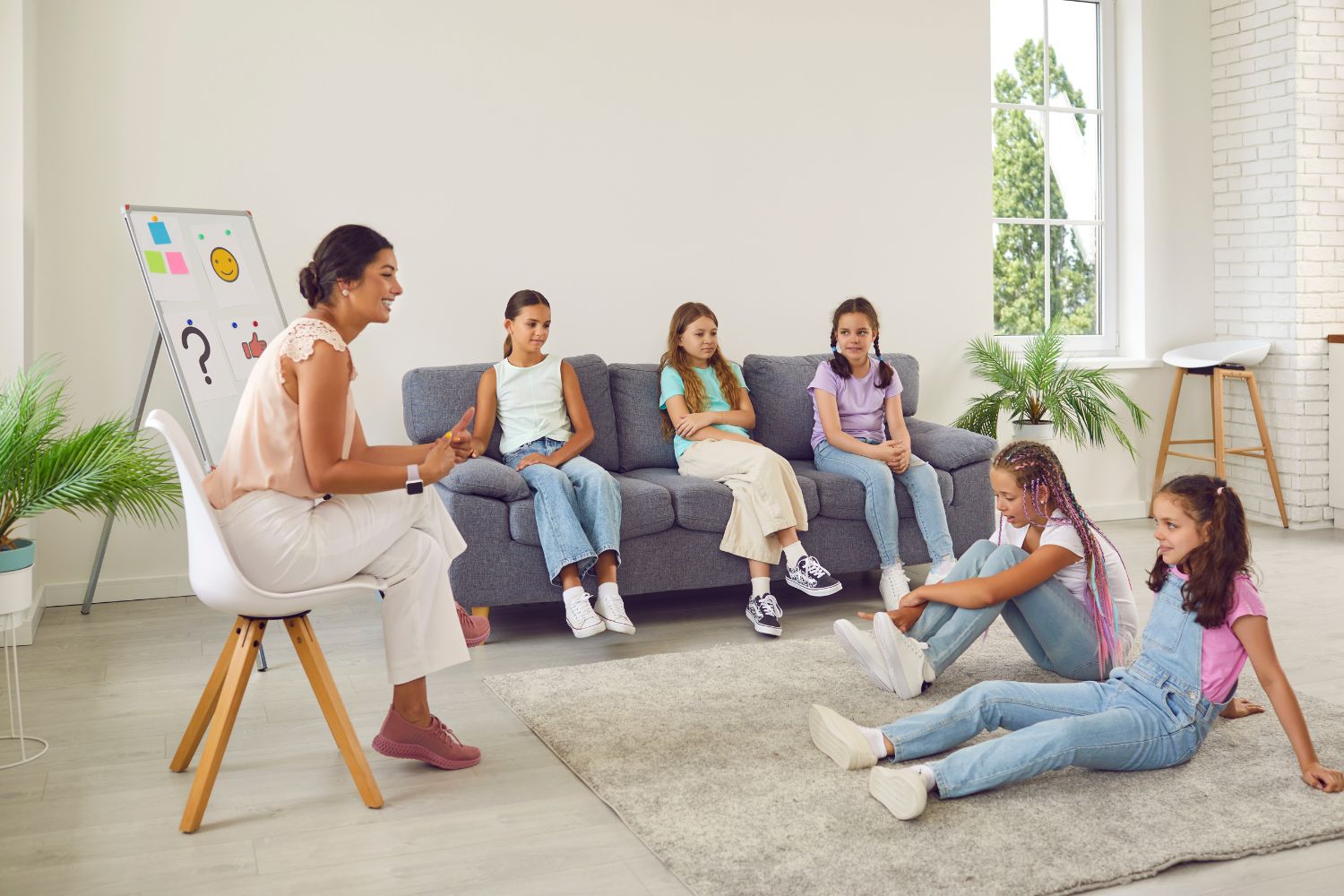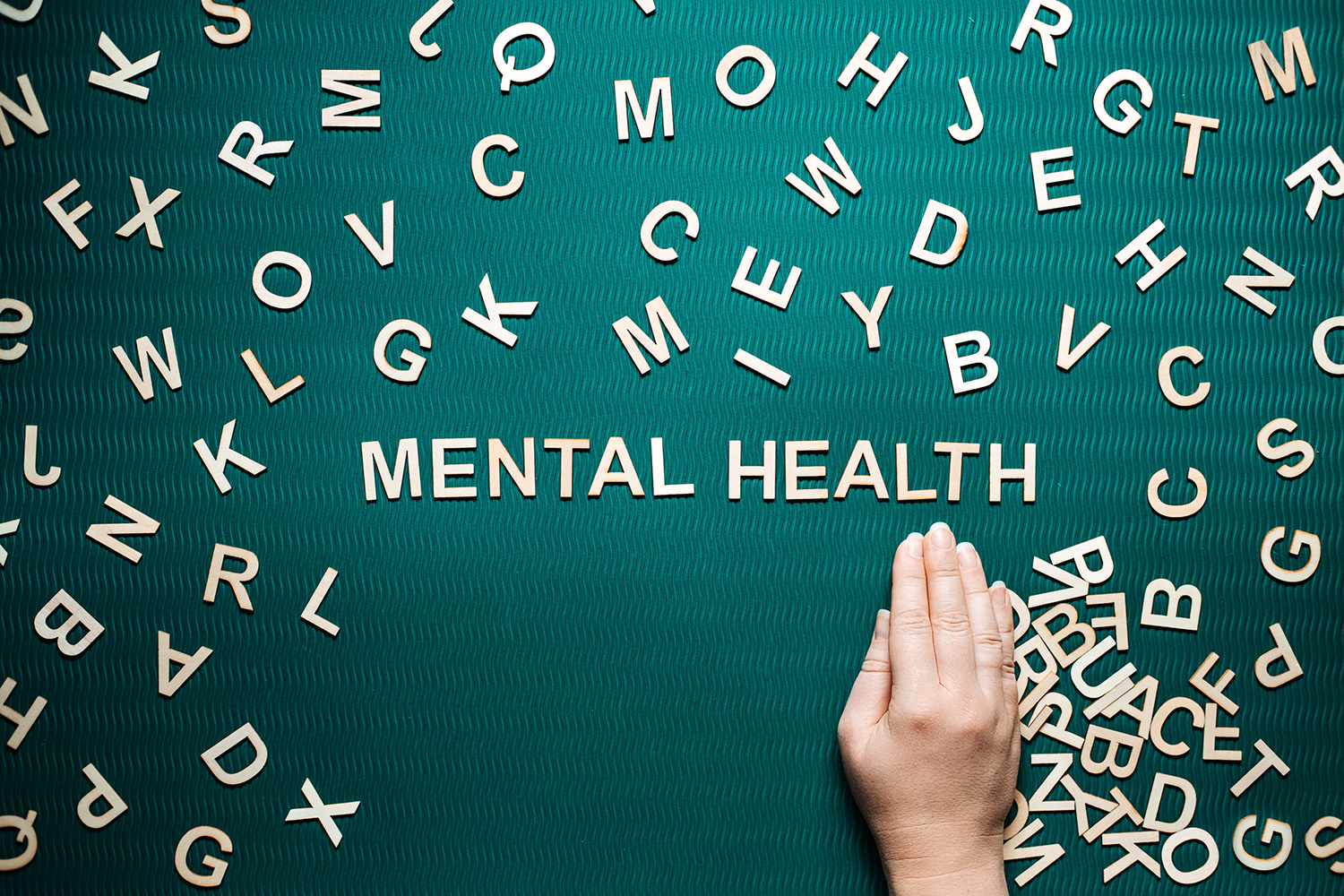
Strategies for Integrating Behavioral Therapy into Classroom Environments
Behavioral therapy in schools offers valuable support for students with a range of behavioral and emotional needs. Integrating behavioral therapy and therapeutic techniques into classroom environments can significantly enhance the learning experience, fostering a more inclusive and supportive atmosphere. For teachers and school administrators, implementing behavioral therapy strategies effectively requires a thoughtful approach that aligns with the educational goals of the classroom while addressing the unique needs of individual students. In this blog post, we’ll explore practical tips and strategies for seamlessly integrating behavioral therapy into daily classroom activities to create a nurturing and effective learning environment.
Understanding the Benefits of Integrating Behavioral Therapy in Schools
Behavioral therapy focuses on modifying specific behaviors through reinforcement and structured interventions. It helps students develop better self-regulation, improve social interactions, and manage emotional challenges. Key techniques often used in behavioral therapy include positive reinforcement, clear expectations, structured routines, and behavior modification plans. Integrating these techniques into classroom settings can support students in overcoming challenges and thriving academically and socially.
When Integrating Behavioral Therapy, Establish Clear Expectations and Consistent Routines
- Set Clear Behavioral Expectations – Begin by establishing clear, consistent expectations for behavior in the classroom. Clearly define what is considered acceptable and unacceptable behavior, and ensure that these expectations are communicated to all students. Use visual aids, such as posters or charts, to reinforce these expectations regularly.
- Create a Structured Routine – A structured classroom routine provides predictability and helps students feel secure. Consistent schedules and daily routines help students understand what to expect and reduce anxiety. Incorporate visual schedules to aid in transitions and provide students with a clear understanding of their daily activities.
When Integrating Behavioral Therapy, Implement Positive Reinforcement Techniques
- Use Rewards and Praise – Positive reinforcement involves acknowledging and rewarding desirable behaviors. Develop a system of rewards that is motivating for students, such as tokens, stickers, or extra recess time. Provide specific and immediate praise when students demonstrate positive behaviors, reinforcing their efforts and encouraging repetition.
- Establish a Behavior Management Plan – Create a behavior management plan that outlines the criteria for earning rewards and the consequences for undesirable behaviors. Ensure that the plan is fair, transparent, and consistently applied. Involve students in setting goals and choosing rewards to increase their investment in the process.
When Integrating Behavioral Therapy, Incorporate Social Skills Training
- Teach Social Skills Explicitly – Incorporate explicit instruction in social skills as part of the curriculum. Use role-playing activities, social stories, and group discussions to teach students appropriate ways to interact with peers, handle conflicts, and manage emotions. Reinforce these skills through practice and positive feedback.
- Facilitate Peer Interaction – Create opportunities for students to practice social skills through structured group activities and cooperative learning experiences. Encourage group projects, peer tutoring, and collaborative games to foster positive interactions and build teamwork skills.
Develop Individualized Support Plans
- Tailor Interventions to Individual Needs – Recognize that each student may require different support based on their unique needs. Develop individualized behavior intervention plans (BIPs) for students who need additional support. Collaborate with behavioral therapists to create and implement these plans, ensuring they address specific behavioral challenges and goals.
- Monitor and Adjust Interventions – Regularly monitor the effectiveness of individualized interventions and adjust them as needed. Collect data on student progress and use this information to make informed decisions about modifying strategies. Engage with students and their families to gather feedback and make necessary adjustments to support their success.
Foster a Supportive Classroom Environment
- Build Strong Relationships – Developing strong, supportive relationships with students is crucial for effective behavioral therapy integration. Show empathy, understanding, and respect for each student’s unique needs and experiences. Create a positive classroom culture where students feel valued and understood.
- Encourage Self-Regulation – Teach students self-regulation techniques that they can use independently. Strategies such as deep breathing exercises, mindfulness activities, and self-monitoring checklists can help students manage their emotions and behaviors. Incorporate these techniques into daily routines and provide opportunities for practice.
Engage Families in the Process
- Communicate Regularly with Families – Maintain open communication with students’ families to ensure consistency between home and school environments. Share information about behavioral therapy techniques being used in the classroom and provide strategies for parents to reinforce these practices at home.
- Involve Families in Goal Setting – Involve families in setting behavioral goals and developing intervention plans. Collaborative goal-setting fosters a sense of partnership and helps align efforts between home and school. Regularly update families on their child’s progress and celebrate successes together.
Provide Professional Development for Staff
- Offer Training on Behavioral Therapy Techniques – Provide teachers and school staff with professional development opportunities focused on behavioral therapy techniques. Training sessions can cover topics such as positive reinforcement, behavior management, and social skills instruction. Equip staff with the knowledge and skills needed to effectively implement these strategies.
- Foster a Collaborative Approach – Encourage collaboration among staff members to share best practices and strategies for integrating behavioral therapy. Create opportunities for teachers to discuss challenges, exchange ideas, and support each other in implementing effective interventions.
Integrating behavioral therapy into classroom environments requires a thoughtful and proactive approach. By establishing clear expectations, implementing positive reinforcement, teaching social skills, and developing individualized support plans, educators can create a supportive and inclusive learning environment for all students. Engaging families and providing professional development further enhances the effectiveness of these strategies.
With these practices in place, schools can foster a positive atmosphere that promotes student success, enhances social interactions, and supports overall well-being. Integrating behavioral therapy not only addresses immediate behavioral challenges but also equips students with the tools they need to thrive academically and socially, shaping a brighter future for every child.
Please Share




